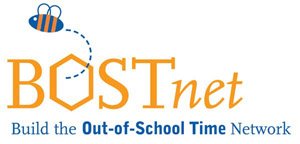What is a quality program? Can there be a single definition of quality for all programs, or does it depend on what a program offers (childcare, arts, sport, academics, socialization, etc.) and the children and youth it serves? We hear time and again that children and youth have diverse needs. If there are different programs, approaches, and environments are there also different standards that need to be applied? Over the past several years, it seems that the public educational system has been searching to become more uniform in approach and measurement. These are but one environment, however. What measurement is given to parochial schools, or the different private schools that espouse every shade of educational approach from the most radical progressive education to the most structured curriculum. How are these measured, or, because they are not "public" - that is run by the government - these other "publics" need not be considered because they fall outside the keen of observation, even if the children and youth of those systems are part of our main-stream American society. What are their quality environments. Considering Out-of-School, will there appear a similar system of quality following the two realms of those programs receiving public - that is government either state or federal - money and another public that uses strictly private funds and is not recognized nor beholden to the standards that are developed. It can be considered that this second group, like the confederation of private schools (these need not be exclusive of rich but may be lower and middle class), be another world?
These questions are part policy, yet belong in a conversation about quality at the point of service because that is where structures and budget expectations come into play with expectations. If all children must do all things, or allowing children to self-select, creates a different set of challenges. It may impact behavior and interactions between staff and child. If certain programs have to align while others opt out through different methods (or programs say they are aligning but find clever ways to go around formal expectations), what does that mean for the quality of experience for the children and youth? This is not to propose any one way has been shown to be better than another.
However, when Johnny hates art but must do it because that is what the program expects of all kids... Does that recognize and meet the needs of the diversity of children and youth? Seeking quality and having standards need not be mutually exclusive. Identifying which standards measure what environment may be important, not just in theory, but impacting the point of service where a child meets the program.
14 years ago










